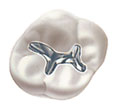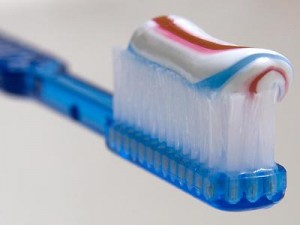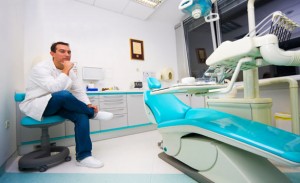In general, safety concerns about dental fluoride and fluoridation relate to a number of factors, including toxicity of fluoride, total fluoride intake, fluoride absorption, the impact on human health, the effect on the environment, water quality, and the engineering aspects.
Anti-fluoridation groups frequently and inappropriately exhibit photographs of children and/or adults having severe fluorosis in which pitting or mottling of the enamel and brown stains are evident and put the blame on  water fluoridation, often describing dental fluorosis as a major risk factor for people of all ages. In making dental-health decisions, the risk of developing very mild fluorosis versus the benefit of decreased tooth cavities and dental treatment costs should be considered. Continue reading





